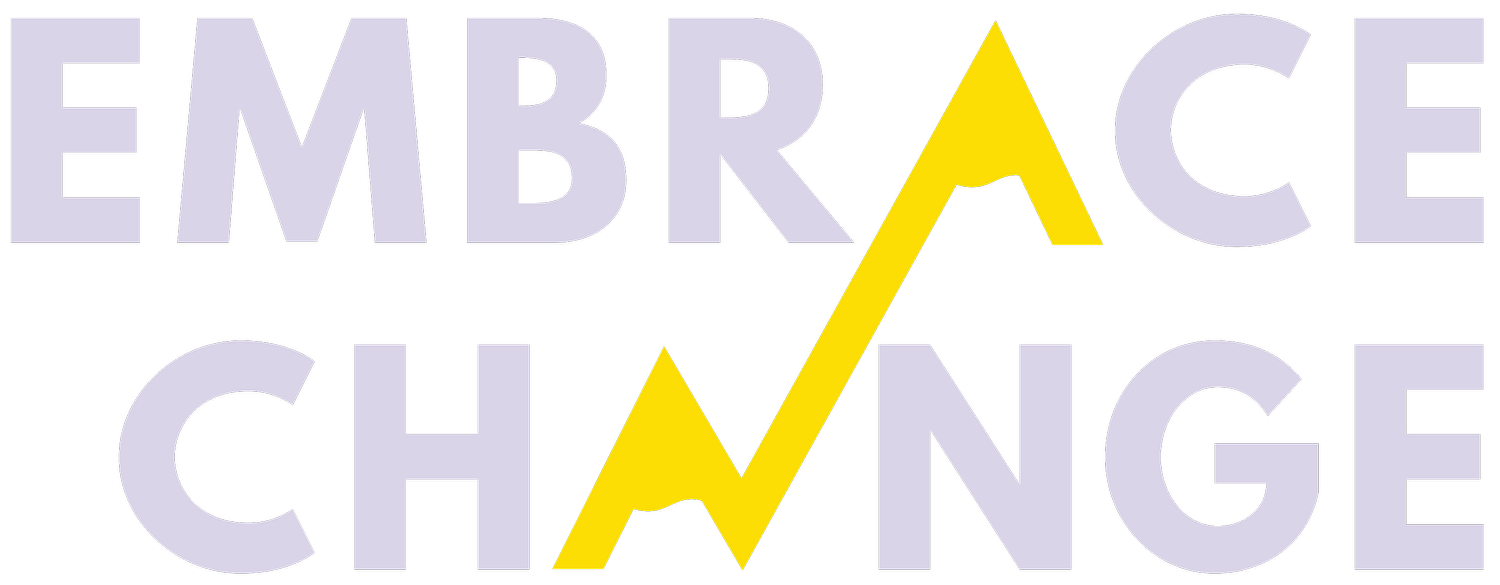Three Ways Companies Can Effectively Engage with Employees of Color in 2022
We’re more than halfway through 2022 and it may feel a distant memory, but the black social media squares of two years ago were quickly followed by $50B in promised corporate donations to address systemic racism. Back then, the calls for social justice and workplace equity were loud, but frustratingly performative and empty. As some would’ve predicted, after the need to publicly appear equitable abated, corporate spaces have collectively failed to honor their pledges to center, support, and uplift BIPOC employees. Only $250 million of the billions promised has actually been spent or committed to a specific initiative as of May 2021 (stats haven’t been updated since then). That’s .5%. Half of one percent!! Much of this small percentage has been allocated to external funds and community groups that serve BIPOC communities writ large. Even less has been done to invest in the longstanding BIPOC staff within these organizations (by definition, performative).
Instead of empty, performative measures to appear inclusive and equitable, here are three meaningful actions that company and organizational leaders can take before the year is out.
“Only $250 million of the billions promised has actually been spent or committed to a specific initiative as of May 2021 (stats haven’t been updated since then). That’s .5%. Half of one percent!!”
Step 1: Terminate Non-Inclusive Staff
Before 2020, DEI education went by other names like "cultural sensitivity training." Those kinds of let’s-not-get-sued / “CYA” diversity trainings focused on correcting the words and behaviors of the socially unaware. While this type of training provides much-needed language to support marginalized groups, no one talks about parting ways with employees who continue to say or do problematic things in the workplace. Realistically, annual unconscious bias training is not enough to create safer workplaces–and neither is protecting staff who perpetuate discrimination in all its forms. Before a corporation rainbow washes its logo or publishes a statement of inclusion on its website, it must conduct an audit of its staff experiences and make moves to ensure that processes are in place to guard BIPOC safety. (More on how to do this in our white paper on The Great Resignation and retention.)
One such process is divesting the organization of workers who have demonstrated or perpetuated racist, homophobic, and/or ableist conduct. Efforts at building equitable workplaces will fail unless organizations are actually willing to terminate staff who continue to discriminate against others–even if that person is otherwise a “high performer.” Employees across the org chart must understand that although they are free to think whatever they like, they are not allowed to incite harm–including psychological harm–and unjust behaviors yield real consequences. In 2022 and beyond, corporate spaces would be well served to terminate harmful staff before throwing all their budgets into recruiting and hiring new "diverse talent." Boasting about high BIPOC recruitment numbers remains totally performative if staff aren’t then allowed to work in an environment where they are made to feel safe and welcomed.
Step 2: Pay People of Color Equitably
While doling out thousands of dollars to organizations such as the NAACP and Black Lives Matter has supported external activism efforts, how are corporations compensating their BIPOC staff? How much effort have corporations expended to eradicate existing pay gaps? In 2021 according to CAP, women of color "continued to suffer the most severe gender wage gap in the United States, a reality reflecting the effects of intersecting racial, ethnic, and gender biases that threaten their economic security and their families." Simply put, a woman of color is paid $43-$67K for every $100K earned by a White male for the same work. Over the course of a career, this systemic shortfall culminates in millions of dollars in underpayment and countless lost life opportunities. Organizations committed to diversity, equity, and inclusion need to redistribute funds to existing and new staff from historically excluded communities.
Final note on this point: don’t deny a woman of color’s raise on the grounds of “equity.” At Embrace Change, we hear this excuse from our clients all the time after they’ve made their case for a raise. Conflating equity with equality and then telling a woman of color or person of color that that is why they can’t be compensated more only adds insult to injury.
Step 3: Invest in BIPOC Staff.
"Many managers are ill-equipped to lead and connect with Black, Indigenous, and people of color (BIPOC) employees." This is an issue that money alone cannot dismantle; corporations have much work to do to support, endorse, and promote the participation of BIPOCs in the workforce. Internal investments toward this end include high-touch career and executive coaching to support BIPOC employees in 1:1, confidential, psychologically safe environments, as well as training, coaching, and consulting senior leadership teams. The all-BIPOC Embrace Change team offers the following coaching specializations to best meet evolving client needs:
Leadership and management
Communication
Change management
Team building
Managing up
DEI
Although many corporations have yet to honor their commitment to DEI, all is not lost. Of the billions of dollars yet to be allocated, senior leaders can advocate for the outstanding investment to be transparently directed toward internal efforts that center the voices and safety of marginalized groups. Although those kinds of initiatives will result in fewer tax breaks, they will go a long way in demonstrating a far less performative approach to DEI and actually supporting BIPOC staff.


